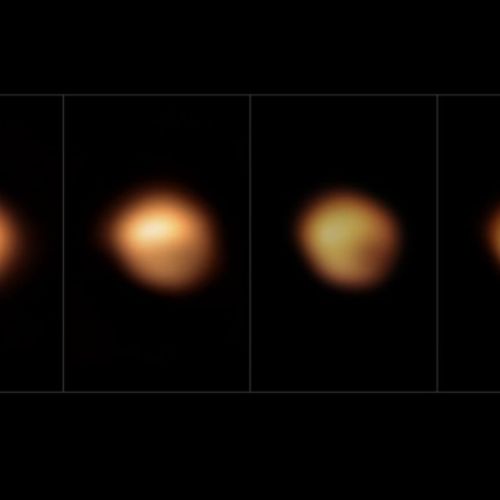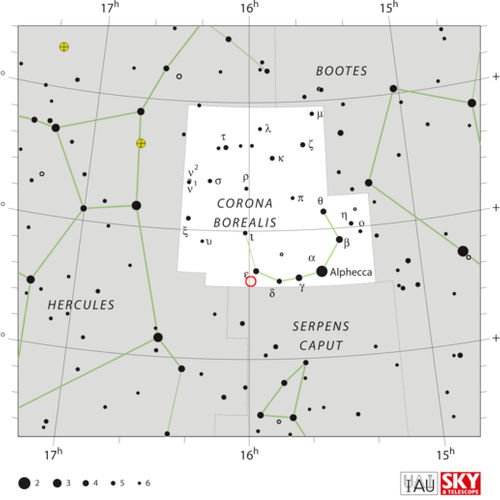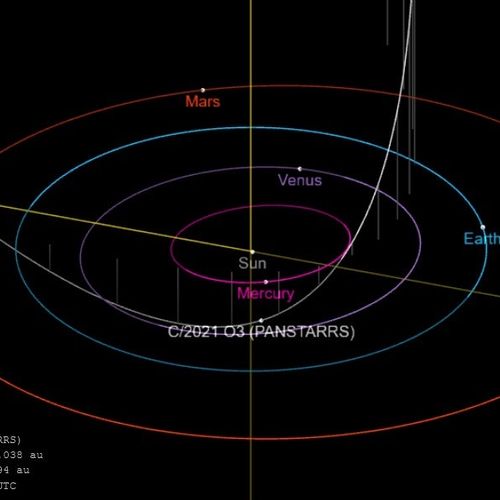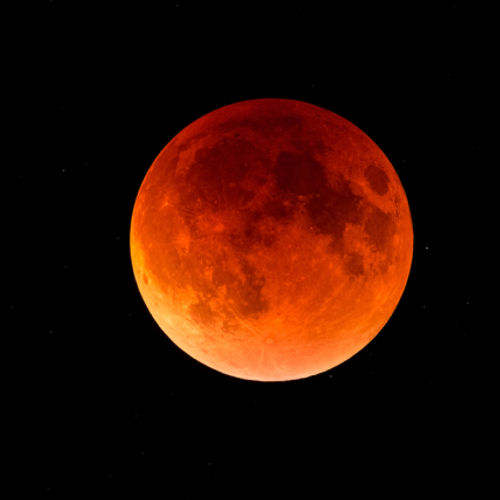
| Added | Wed, 23/06/2021 |
| Источники | |
| Дата публикации | Tue, 22/06/2021
|
| Версии |
A team of astronomers used images from a telescope in Chile to find out what was the reason for the sharp decline in the brightness of the star Betelgeuse. Betelgeuse is located in the constellation of Orion, at the end of 2019, it suddenly became very dim, which attracted the attention of astronomers.
Interestingly, the star then began to get brighter, but at a slow pace. Scientists began to put forward hypotheses, one of which said that the fluctuations in brightness-a consequence of the activities of extraterrestrials.
In the new study, the authors used the VLT telescope in Chile. As the star began to fade, it was caught in the telescope's view. The images confirmed the curve of brightness changes. The hypothesis of a regular transit of an object in front of the star was refuted by the fact that in April 2020, the star was again as bright as usual.
Based on the study, the decrease in brightness was due to a cloud of dust that arose due to a decrease in surface temperature. Scientists said that inside the star there are constantly moving gas bubbles. In periods, they are ejected from the surface into space. In the process of moving away from the star, the temperature of the bubbles drops, and the gas condenses into dust particles.
According to study co-author Emily Cannon of the Catholic University of Leuven, dust from cold stars in the last stages of evolution can become a "building material" for new planets like Earth.
© ESO
Новости со схожими версиями
Log in or register to post comments









